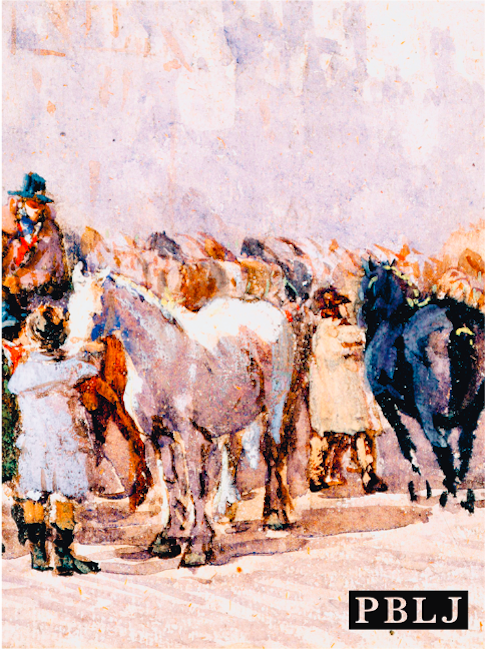
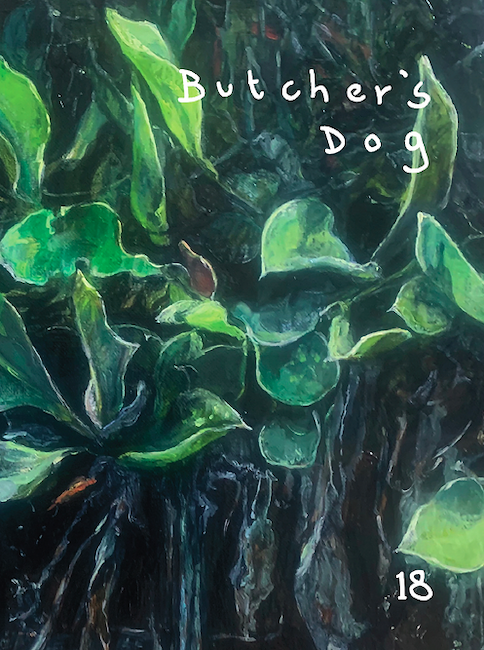
There are few, if any, more transient and precarious forms of publishing than small-press poetry magazines. But it still came as a shock when Ambit closed its doors in February this year. Founded in 1959, Ambit’s storied past had featured everyone from William Burroughs to Stevie Smith, from Linton Kwesi-Johnson to Carol Ann Duffy. But despite introducing a fee for submissions in 2019, and 20 per cent growth in subscriptions in 2021, the magazine was unable to sustain itself any longer.
As it happens, I had already spoken to the people behind six small-press magazines at the end of last year for The Author. I wanted to find out what their motivations and rewards were – particularly for those outside London – and how, in every sense, they keep going. No-one sets up these magazines to make any money. “Little magazines are always in peril, ”says Gerry Cambridge, editor of The Dark Horse, based in Ayrshire. “Basically it’s the fastest way to make yourself poor there is.” But for a world in which titles have always come and gone it’s remarkable how tenacious both the form itself and individual magazines have proved. Of the six I spoke with, two are fast approaching their 30th birthdays, two have survived more than a decade, and another has been resurrected – a rare event in any medium. Given the headwinds all print media has faced since the turn of the century, that is in itself quite remarkable.
There has been no shortage of online launches, of course, many of them of very high quality. But there is still something enduring about the virtues of print. “There’s nothing like holding the physical artefact in your hand,” says Lisa Kelly, co-chair at Magma. “A poem is a creative object. It’s got a material side to it. So I like feeling the paper. All the senses should be involved; it’s a piece of art.”
But print also has a nowness that isn’t about immediacy, per se, but about capturing and holding a moment in time, that the momentum of a digital platform doesn’t allow. “The poems in each issue [are] a little akin to a small anthology of what is happening in that moment,” says Jane Commane, co-editor of Under the Radar, published by Rugby’s Nine Arches Press. “I like the documentary nature of it, but also that it only has a space in print, and you have to be in the moment to get a copy and spend time with it as a whole, like an album.”
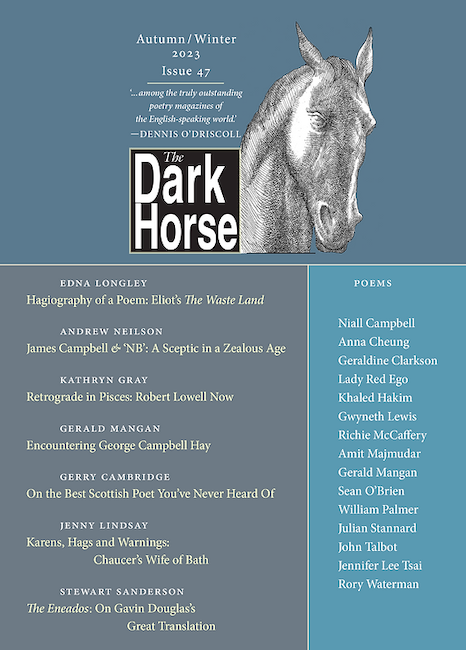
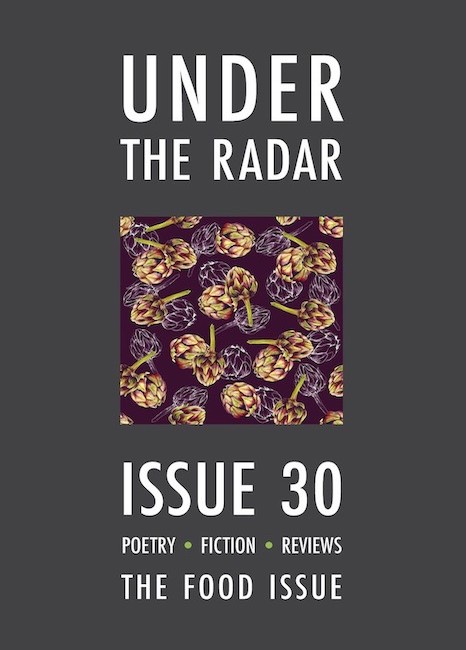
Paradoxically, that ability to encapsulate time and place also ensures print can offer a different, and arguably more indelible kind of legacy. “I see poetry books as a piece of material culture,” says Jo Clement, editor of Newcastle’s Butcher’s Dog, which was voted Best Magazine by the Saboteur Awards – a reader-voted online poll – in 2022. “I think it’s really important… to know that this is something that matters, and that it’s holding space in the world, for the longevity. I don’t think that digital is quite as permanent.”
Many of these magazines are born of a need for, if not local voices precisely, then platforms defined in part by resistance to the centrifugal pull of London’s arts culture. The very tangibility gives physical form to the idea of contrarian or marginal voices. Poetry Birmingham was partly born out of the idea of wanting “a little bit of a counterweight to the London-centricness of what seemed like the poetry scene in England,” says Naush Sabah, the magazine’s editor. “We wanted to plant the flag for Birmingham a bit and to say, important things have happened in Birmingham. It has this really rich literary and artistic history.” As for choosing print, she adds, “we wanted a thing you could put on your shelf, we wanted to be part of print culture and make something that was a real artefact.”
If there is a risk of parochialism here, it’s easily rebutted by the more capacious sense of identity and place that some magazines have. Poetry Birmingham, for instance, usually carries poetry in translation. “Even within Birmingham there’s all those many worlds of the different languages people speak,” Sabah says: “Having translations from community languages and local languages that people speak in Birmingham… opens up new worlds of poetry.” It’s less about place, then, than the convergence of peoples and culture, of aesthetics and associations. “We pay very particular attention to poems that engage with ideas of the north, so local places, people, histories and especially dialect,” Clement says. “The north is very important to me. But I also love north of north. I love Scotland… We’re looking for ideas that incorporate notions of northern-ness from a multiplicity of perspectives.”
If some magazines draw identity from a sense of place, howsoever constructed, others take different approaches. At 14 magazine, as its name implies, poems can only be 14 lines long. “It’s a very malleable form in poetry. It’s not just sonnets,” says Richard Skinner, who refounded 14 in 2020 after an eight-year hiatus. (It was founded in 2005 by Michael Loveday.) “There’s a great deal of play with form in the magazine… It’s got a nice array of styles and forms and themes.” Submissions come in from worldwide, including India and Nigeria, as well as Ireland and the United States. Magma, meanwhile, publishes three issues a year, each with a theme – recent examples include Physics, Solitude and Obsidian – and each with a different editor. “That’s the unique selling point of Magma. You have rotating editors,” Kelly says. “Unless you have got a strong aesthetic that you think needs to be shared, or that you’re excited to share, then you’re quickly going to run out of energy. Because it is so labour-intensive putting together a magazine. Putting together an issue of Magma takes nine months. It’s like having a baby.”
It’s very easy to dismiss small-press magazines as marginal enterprises. Subscriber numbers are typically in the mid to high hundreds. But that is precisely why they are both culturally valuable and exciting. You could say that simply to launch or run a small-press poetry magazine today is a contrarian activity, a kind of cultural resistance. “It’s kind of mad really,” Skinner says. “To publish something like this, in this day and age.”
They certainly require dedication, a devotedness to the work, as well as a kind of high-minded bloody-mindedness. Contrariness, says Cambridge, “is one of the primary purposes of a so-called little magazine. If you just want to be doing what everyone else is going, or agreeing with everyone all the time, what’s the point?… I strongly believe in a culture of disparate, various, aesthetically multifarious little magazines all doing their own thing… Because to me that’s part of the free expression of a healthy society.”
Almost by definition, a poetry magazine sits in creative tension with both the wider culture, in which poetry has an ambivalent presence these days, and the dominant voices in poetry. “We’ve always seemed to have clusters of readers, and contributors, based around particular writing groups, or open mics, or readings,” says Matt Merritt, co-editor of Under the Radar. But they are often also expressions of resistance to the idea of community and the conformities it demands “I’m ambivalent towards “community” as a concept in poetry,” Sabah says. “It can be a source of support but also of constriction. I prefer to think in terms of a thoughtful critical readership.” Cambridge concurs: “There’s a lot of emphasis on community in poetry and so on, and I think that is interesting and it’s valuable; but… I’m quite interested in how the whole idea of community infringes upon or contradicts or otherwise affects the directness of critical discourse around poetry.” Cambridge quotes (half- jokingly, I think) the poet and critic Hugh MacDiarmid, who wrote, “I have had to get rid of all my friends” – the point being that emotional and other affiliations are the death of clear thinking and free expression.

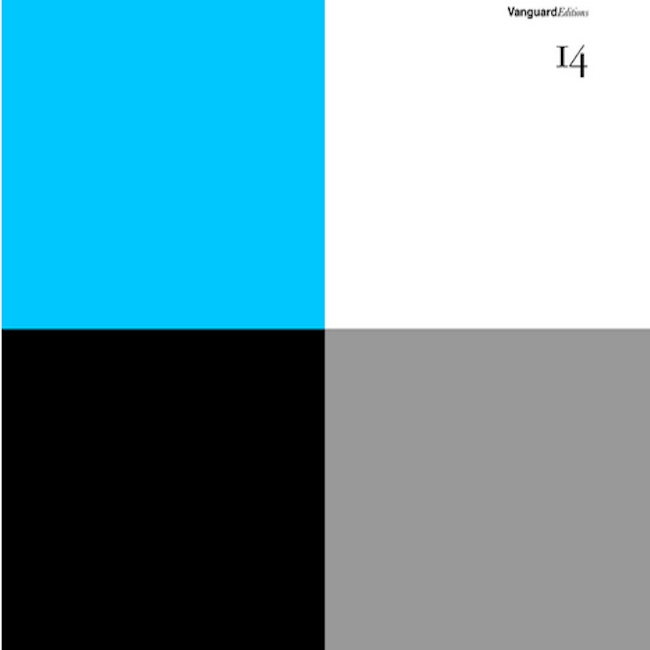
You might say then that poetry magazines exist to swim against whatever tide is rising, including within poetry itself. At their best, they embody resistance to the cultural hierarchies and cultural orthodoxies of the moment – one orthodoxy, of course, being the perceived irrelevance of poetry. That they can affirm poetry’s value is not least because they also exist in dialogue with the great long hurrah of poetry in British, European and world culture. The latest issue of Poetry Birmingham includes essays on Auden, MacNeice and T.S. Eliot, for instance. Recent issues of The Dark Horse have included a festschrift for Douglas Dunn and an issue marking the centenary of George Mackay Brown; “sometimes you just want to celebrate,” Cambridge says. Precisely because they are small concerns run on the aesthetic sense of small groups of people, and sometimes only one person, these magazines can be reflective and reactive, protean and passionate, quarrelsome and contemplative in equal measure.
And perhaps for that reason they will always have a future. “It’s constantly surprising,” Merritt says. “For me, it’s inspiring – it’s a constant reminder to be open to new directions.” In the end the struggles for money and the sheer labour involved in sifting thousands of submissions, typesetting, marketing, packing and posting are rewarded with the haptic, heartfelt rewards of a new colloquy of voices captured in print, ready to take its place in the world. “It can be a grind,” Kelly says; but “there are some beautiful outcomes”.
This essay first appeared in the summer 2023 issue of The Author, the quarterly magazine of The Society of Authors. Please click on the links in the piece to learn more about each magazine and, of course, subscribe!